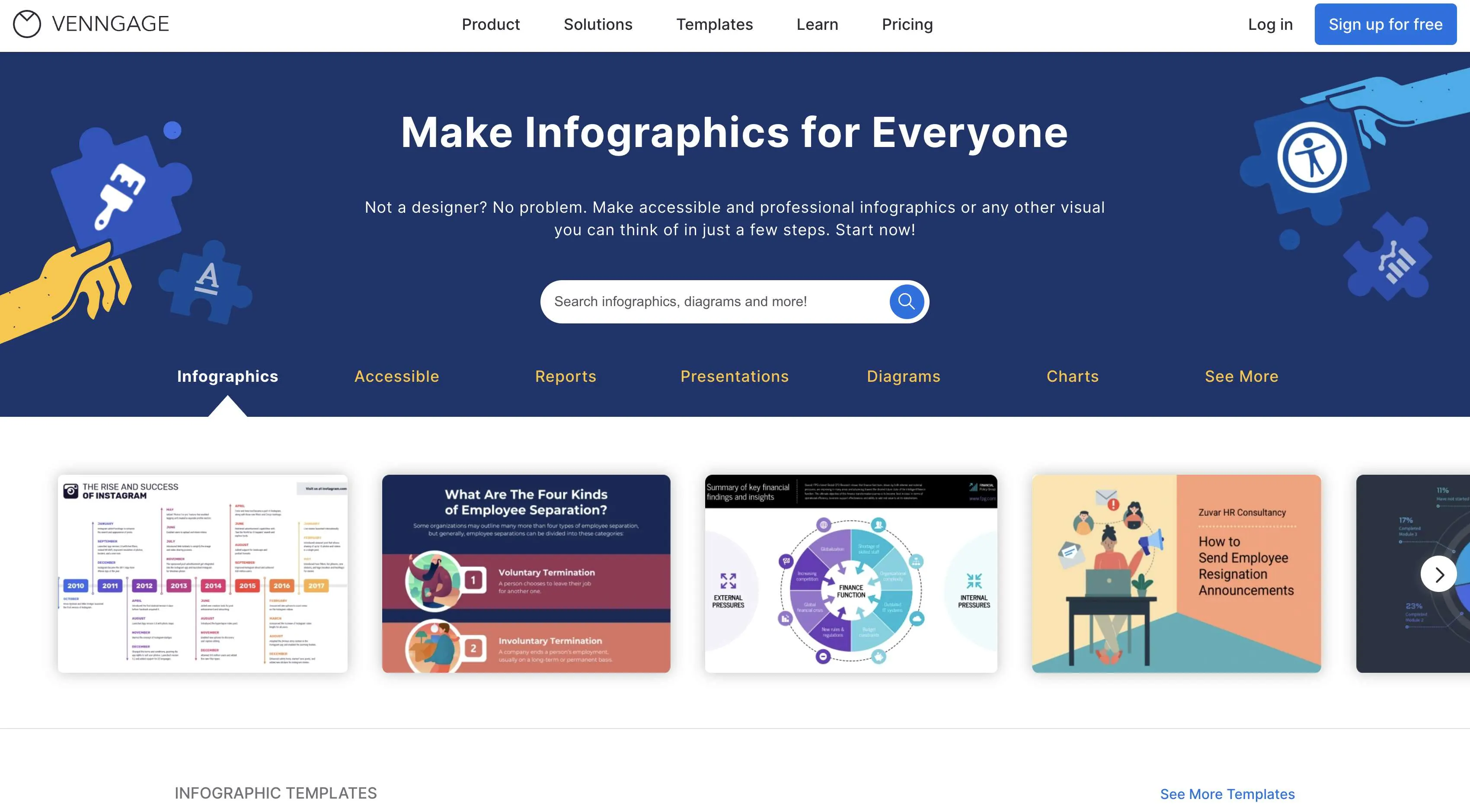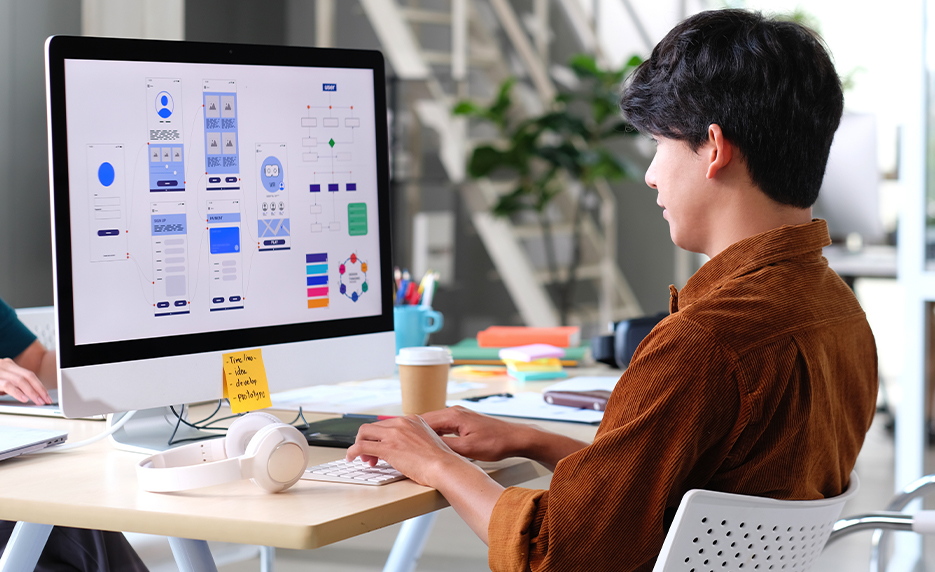Why Web Design and User Experience Must Go Hand-in-Hand for Success
Why Web Design and User Experience Must Go Hand-in-Hand for Success
Blog Article
Elevate Your Online Visibility With Magnificent Internet Design Tips and Trends
The interplay of visual appeal, current design trends, and individual experience plays a critical duty in achieving this objective. The subtleties of effective style prolong beyond looks; comprehending crucial methods for optimization can substantially affect your success.
Value of Visual Charm
In today's digital landscape, the visual allure of a website is paramount; studies suggest that 94% of very first impressions are design-related. This statistic underscores the critical duty that aesthetics play in individual interaction and retention. A well-designed internet site not just draws in visitors but additionally motivates them to explore its content further. Reliable aesthetic style includes aspects such as color pattern, design, imagery, and typography, all of which contribute to a appealing and natural individual experience.
Additionally, a visually enticing site imparts a feeling of reliability and professionalism and reliability. Users are most likely to rely on a website that looks polished and well-structured, which can considerably influence conversion prices. Conversely, a unappealing or messy layout can bring about high bounce prices, as individuals might perceive the site as untrustworthy or outdated.
Furthermore, the visual elements of a web site can share brand name identification and worths (Web design). Consistent use of branding aspects, such as logos and color combinations, strengthens acknowledgment and fosters a much deeper connection with the target market. Finally, prioritizing visual charm is essential for producing interesting, reliable, and brand-aligned online experiences that reverberate with users
Current Layout Fads
Modern website design is frequently developing, and remaining upgraded with present trends is necessary for developing impactful on-line experiences. One noticeable pattern is the rise of minimalism, characterized by tidy lines, enough white area, and a focus on essential elements. This method not only enhances functionality yet additionally enables material to take center phase.
Furthermore, dark setting interfaces have gotten popularity, providing customers with a visually striking option while minimizing eye strain. This fad lines up well with user choices, offering a modern-day visual that is both practical and stylish.
Another notable trend is the incorporation of vibrant typography. Designers are increasingly making use of large, expressive fonts to develop aesthetic power structure and communicate brand name messages efficiently. Coupled with vibrant shade schemes, this fad includes dynamism to internet pages.

Important Layout Elements
Reliable website design pivots on a number of essential style elements that with each other create a natural and engaging user experience. The initial of these elements is design, which determines how material is arranged on the page. A well-structured design not only enhances readability however additionally guides customers through the site seamlessly.
Color plays an important role in style, influencing feelings and brand name resource assumption. An unified shade scheme can evoke particular sensations and develop an aesthetic pecking order, therefore attracting focus to essential components. Typography is essential; the choice of fonts should line up with the brand identity and guarantee clarity across gadgets.
In addition, whitespace is usually forgotten however is necessary for producing balance. It assists prevent mess, permitting individuals to focus on the essential components without disturbance.
Last but not least, uniformity throughout all layout aspects reinforces brand name identity and makes navigating instinctive. By diligently integrating these vital style elements, internet designers can create aesthetically appealing and useful internet sites that mesmerize visitors and motivate communication.
Individual Experience Optimization
A seamless individual experience is important for retaining site visitors and driving conversions on a website. Enhancing user experience (UX) involves understanding your target market and tailoring layout elements to fulfill their needs successfully. Key elements of UX optimization consist of user-friendly navigating, fast packing times, and clear contact us to action.
Include breadcrumb tracks to assist individuals quickly backtrack, decreasing aggravation. Speed is one more vital aspect; web sites must fill within 3 seconds to avoid individuals from deserting the site.
Moreover, your web site's style ought to prioritize clarity. Use clear fonts, contrasting colors, and whitespace to develop an aesthetically attractive design that overviews users via web content easily. Contact us to action must be prominently shown, utilizing actionable language that encourages individuals to engage.
Mobile Responsiveness Strategies
Nearly fifty percent of all internet traffic currently stems from smart phones, highlighting the importance of implementing durable mobile responsiveness methods. To guarantee optimal customer experience across various display sizes, internet developers need to accept a liquid grid design that adapts flawlessly to different devices. This technique enables web content to resize and restructure without compromising capability or aesthetics.
Including versatile images and media inquiries is important. Photos ought to instantly change their size according to the viewport, while media inquiries can discover tool attributes and apply customized CSS styles appropriately. This technique boosts lots times and makes certain that users have an aesthetically appealing check over here experience.
Furthermore, prioritize touch-friendly navigating aspects. Buttons and web links should be easily tappable, with ample spacing to stop misclicks. Staying clear of hover-dependent interactions additionally boosts usability on touchscreens.
Finally, carrying out routine testing across various tools and browsers is critical. Tools like Google's Mobile-Friendly Test can assist determine locations requiring improvement. By adopting these mobile responsiveness techniques, services can boost customer engagement, boost online search engine rankings, and eventually drive conversions, consequently boosting their on-line presence efficiently.
Verdict
To conclude, the application of efficient website design approaches significantly enhances online presence. By prioritizing aesthetic allure via existing layout trends and crucial elements, companies can cultivate integrity and interaction. Furthermore, enhancing user experience and making certain mobile responsiveness are important for assisting in smooth communication across devices. As the digital landscape develops, embracing these go to this web-site concepts will certainly not only astound site visitors however likewise drive conversions, eventually contributing to the overall success of online undertakings.

On the other hand, a unappealing or chaotic design can lead to high bounce prices, as users may regard the site as untrustworthy or obsolete. - Web design
Effective internet style hinges on a number of crucial style components that together create a natural and interesting individual experience. Optimizing individual experience (UX) entails understanding your audience and tailoring style elements to fulfill their demands successfully.
Report this page